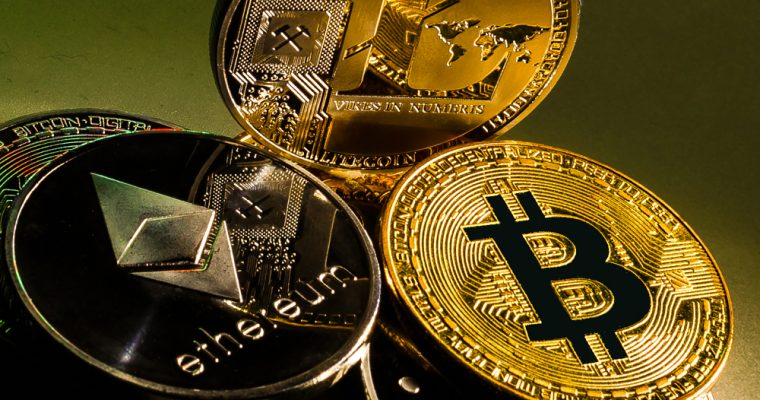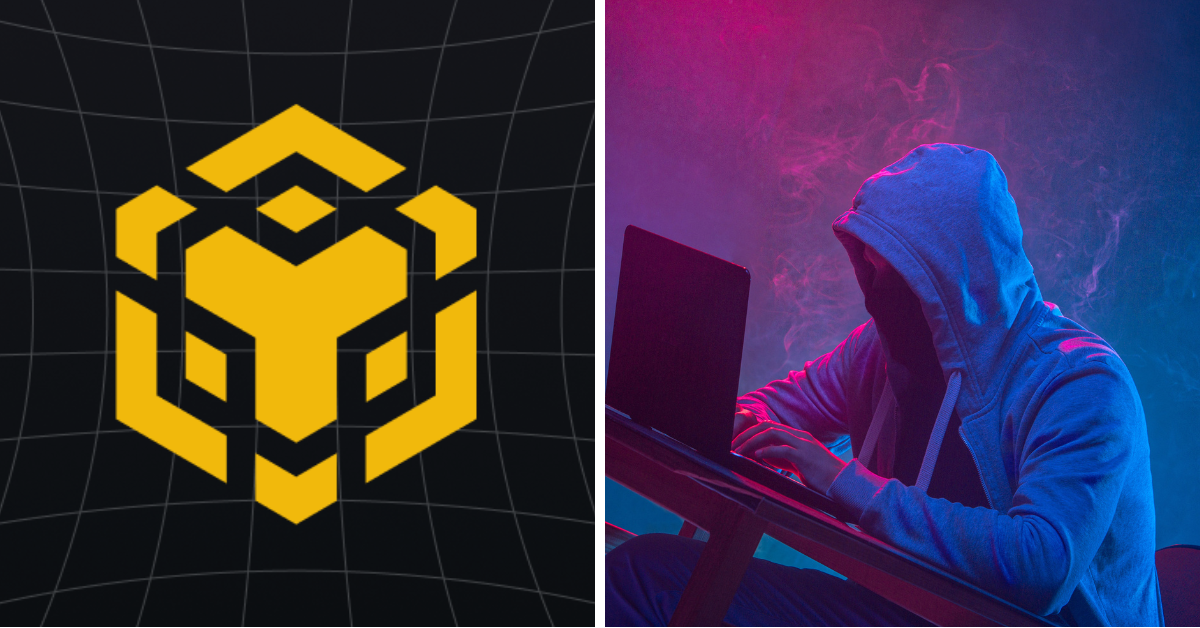Data Analysis | Exchange Risk, Exchange Capital Reserve and Platform Coin Valuation Geometry
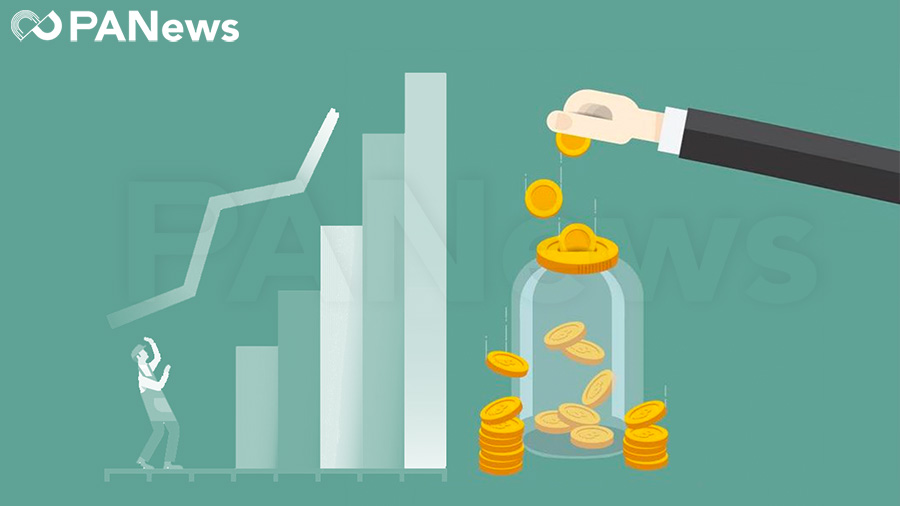
Analyst | Carol Editor | Bi Tongtong | PANews
The FCoin thunderstorm event caused widespread concern. In the last part of our exclusive data analysis, potential thunderstorm victims or more than 2,000 people, per capita loss or more than 25 BTC
In this article PAData will further analyze the exchange's on-chain asset reserves and investor protection fund coverage, and try to explore the operation of the exchange from the analysis of the valuation of the platform currency to observe the general risks of the exchange.
- Viewpoint: Are traditional valuation methods really effective? (under)
- Ethereum 2.0 storage contract UI will debut on EthCC and is expected to go live in April
- Led by the central bank, the first blockchain standard in the domestic financial industry is released

The total investor protection fund of the exchange is less than 10% of the balance on the chain
The reason for FCoin's thunderstorm was that the capital reserve could not be cashed by users. In fact, investors can glance at the exchange's fund reserve from the on-chain balance of all addresses of the exchange.
According to the statistics of Chain.info, as of February 19, the exchange with the most BTC balance on the chain was Coinbase, which reached about 96.81 BTC, far higher than other exchanges. In addition, Huobi and Binance reached 387,700 BTC and 205,500 BTC, respectively. Bitfinex, OKEx, Bitstamp, Kraken, and Bittrex also exceeded 100,000 BTC.

Further combined with the nearly 24-hour trading volume of February 20, calculated by CoinGekco, the daily standard BTC spot trading volume is the highest in Binance, reaching nearly $ 1.067 billion, followed by Coinbase, which reached $ 236 million, Bitfinex, Kraken, and Bitstamp They also broke through the 100 million yuan mark.
If the BTC balance on the exchange is converted based on the closing price on February 19, and then compared with the daily standard BTC spot transaction volume, we can see that the BTC balance on the exchange chain is twice the daily standard BTC spot transaction volume. Above, this means that even if these exchanges count the same amount of futures trading volume, the on-chain capital reserve is still sufficient to cover.
Among them, the BTC balance on the chain has the lowest multiple of the daily standard BTC spot transaction volume, but the Binance, which has the highest spot transaction volume, is only 2.25 times. Huobi, Coinbase, and Bittrex all exceeded 35 times, and OKEx, Gate.io, and Bitflyer all exceeded 10 times.
In addition to observing the capital reserve of the exchange from the comparison of on-chain balance and transaction volume, a more direct method is to analyze the size of the investor protection fund established by the exchange. According to limited information, Huobi and Gate.io clearly informed the investor protection fund of 507.556 million HT and 44.471 million GTs in the platform currency destruction announcement, which were converted based on the closing prices on February 19, which are equivalent to US $ 240 million and US $ 28.792 million respectively accounted for 6.62% and 9.27% of the BTC balances on the two exchange chains, but both exceeded the 24-hour BTC standard spot transaction volume.
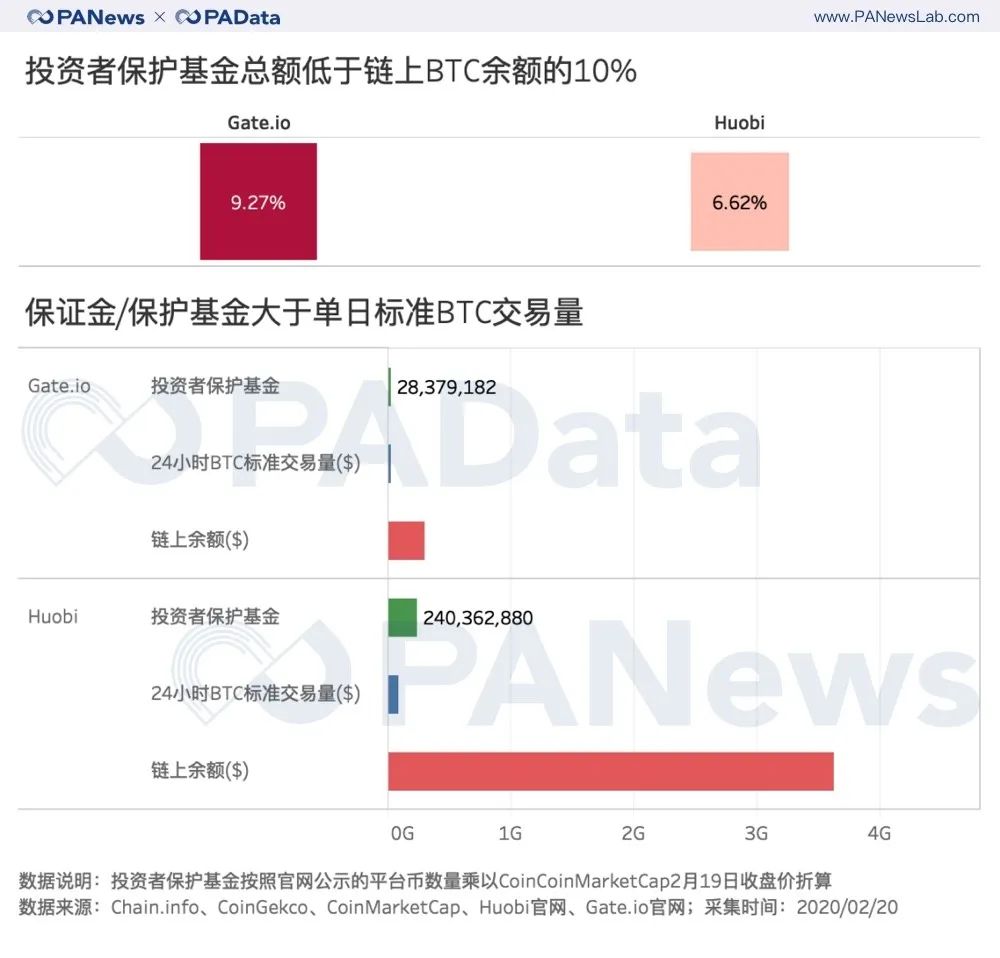
Except for Huobi and Gate.io, according to public information, Binance will take 10% of the transaction fee as an investor protection fund (SAFU) from July 14, 19, but SAFU funds have not been found in official channels. scale.
There are not many exchanges that set up investor protection funds. Even if they are set up, their fund size only accounts for a small part of the asset size. The use of investor protection funds by exchanges usually sets a maximum limit, and the total value of the fund depends on The value of its platform currency. If the platform cannot pay the funds, then the exchange is already on the edge of the cliff. Is the platform coin worth it at that time?

The market may value the exchange higher than its actual operating capacity
Platform currency is an important aspect of the competition among various exchanges, and its value is considered to be one of the important reference indicators for measuring the operating capabilities of exchanges.
At present, platform currency has become an important concept section in head assets. According to the static market capitalization statistics on February 18, BNB is the one with the highest market capitalization in the platform currency, reaching 3.574 billion US dollars. Secondly, the market value of OKB and HT both exceeded 1 billion, and LEO has also approached 1 billion. All four platform coins have entered the TOP 30 market capitalization ranking.
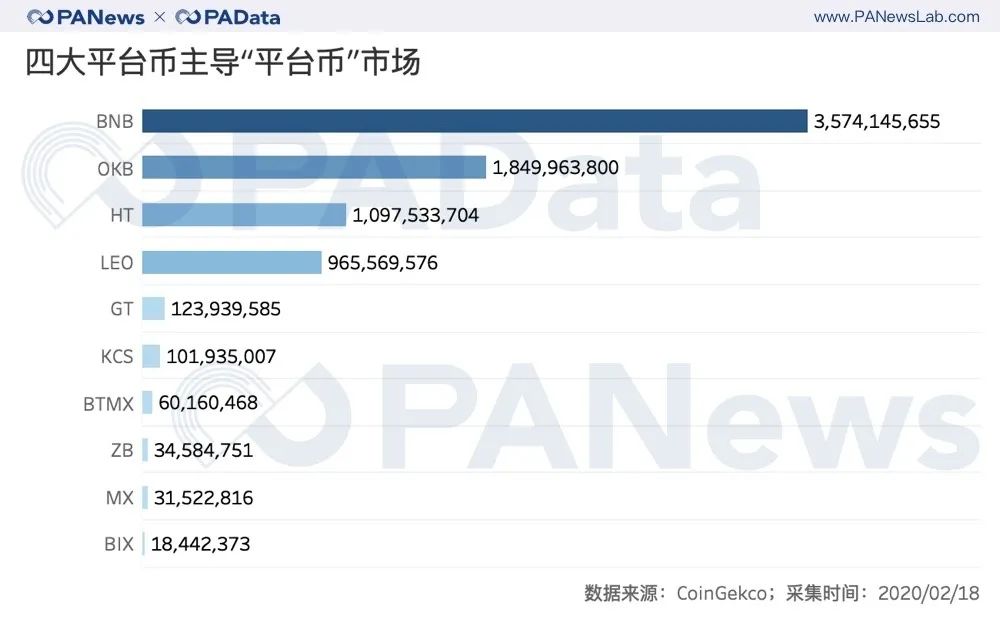
At present, most platform currencies are mainly based on a deflation model, that is, the liquidity is gradually tightened through platform repurchase and destruction to maintain or increase the value of the platform currency. After the start of the year in 2020, platform coins set off a wave of destruction.
On February 10, OKEx took the lead in announcing that it would destroy the remaining 700 million OKBs that had not been issued. As of 11:00 on February 11, OKB had risen 46%. Subsequently, the ZB Exchange also issued an announcement saying that it would abandon all the 293 million ZB coins held by the team and destroy all of them. At the same time, it would destroy 107 million ZB of the User Protection Fund. As of 11:00 on February 11, the 24-hour increase in ZB Reached 18.85%. On the evening of February 10th, the thundering Fcoin also announced the destruction of all 720,404,905.38 FTs held by the team, and the FT rose by 10.42% in 24 hours.
Except for this round of "unconventional licensing" destruction, the exchange platform's destruction of the platform currency usually follows a certain cycle, most of which are quarters, and some are one month or one week.
PAData counted the destruction history of major platform coins in 2019 and found that ZB.com is the exchange that destroyed the largest number of platform coins in 2019.A total of about 192 million ZB were destroyed. Secondly, MXC destroyed about 47.882 million MX. Huobi destroyed 39.897 million HT.
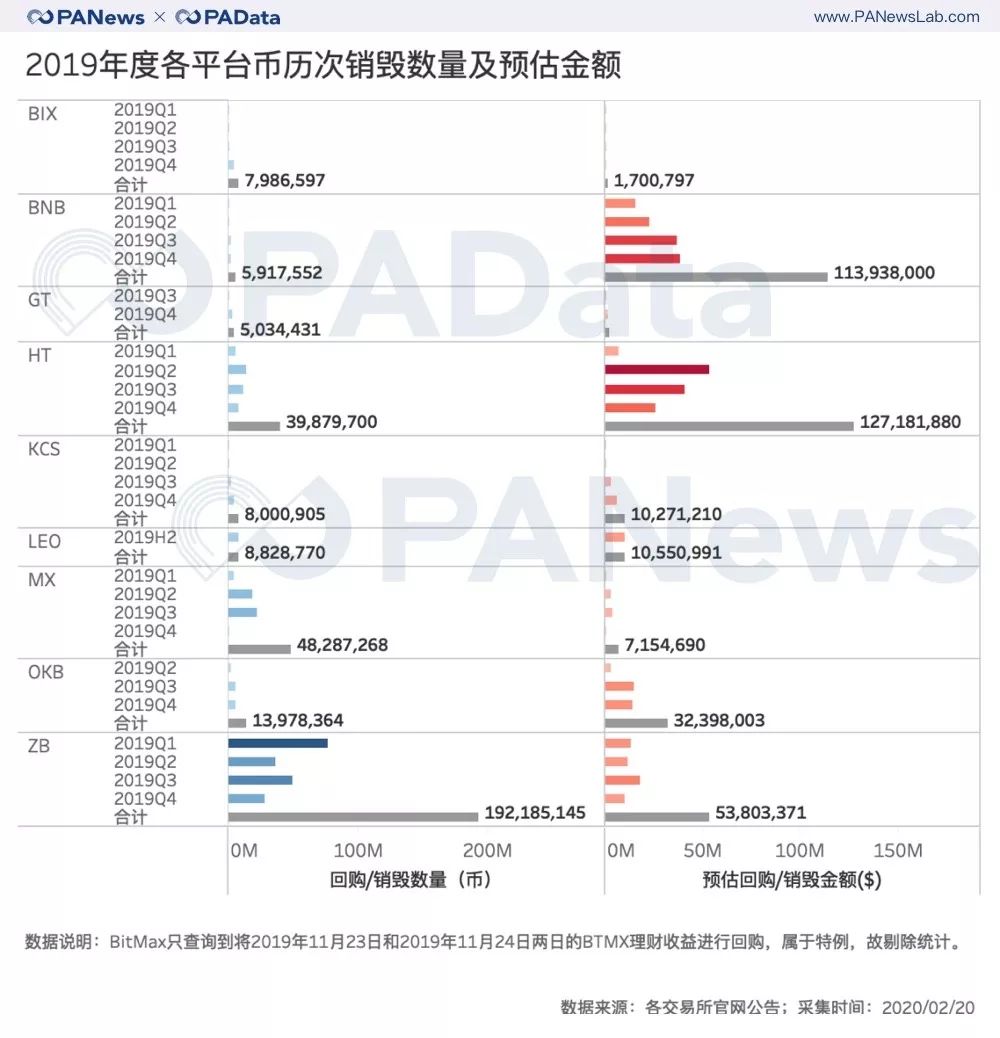
According to market price estimates at the time of destruction, in 2019, the highest total destruction was Huobi, which destroyed a total of about 127 million US dollars of HT, followed by Binance, which destroyed a total of about 114 million US dollars of BNB. The destruction of these two exchanges is much higher than other exchanges.
However, the estimated total destruction amount for the whole year cannot be directly compared with each other. This is because each exchange has different sources of funds for repurchasing and destroying the platform currency, resulting in different total funds available for repurchase. According to the combing of the destruction rules of various exchanges, the main sources of funds for exchange repurchase and destruction of platform currency are "transaction fees", "income", "profit", and "equity income (voting for listing / discounting new / UP Sales) "and so on.

The sources of these repurchase and destruction funds are numerous, and there are also complicated inclusion relationships among them. But in general, funds come from all or part of the overall revenue of the exchange, that is, the total amount of destruction can be fully or partially equivalent to the annual revenue of the exchange. Among them, the destruction of funds derived from "income" or "profit" can be regarded as the total amount of destruction that is equivalent to the overall annual revenue, and the other can be regarded as the total amount of destruction that is partially equivalent to the annual overall revenue. This sets the reference range for subsequent valuations.
If the total annual destruction / annual destruction amount is used as the P / E ratio of the platform currency in 2019, that is to say, the amount of each platform currency destroyed in 2019 is equivalent to the exchange's revenue in whole or in part, and this is compared with the platform currency. Compared with the current price of the currency, it can be found that 6 of the 9 platform currency within the statistical range have a current currency price higher than the P / E ratio of the platform currency destroyed in 2019, which means that the current valuation of the 6 platform currency is high Operating capacity (revenue) of the exchange in 2019.
Among them, stimulated by the news of the destruction of 700 million OKBs, the current currency price of OKB is already 3.055 times the value of tokens destroyed in 2019, which is the highest among all exchanges. In addition, the current currency prices of HT, BNB, GT, ZB and MX are also higher than the value of tokens destroyed last year.
In contrast, the current currency prices of BIX, KCS, and LEO are all lower than the value of the tokens destroyed last year, that is, the current valuation of these three platform currencies is lower than the operating capacity (revenue) of the exchange in 2019.
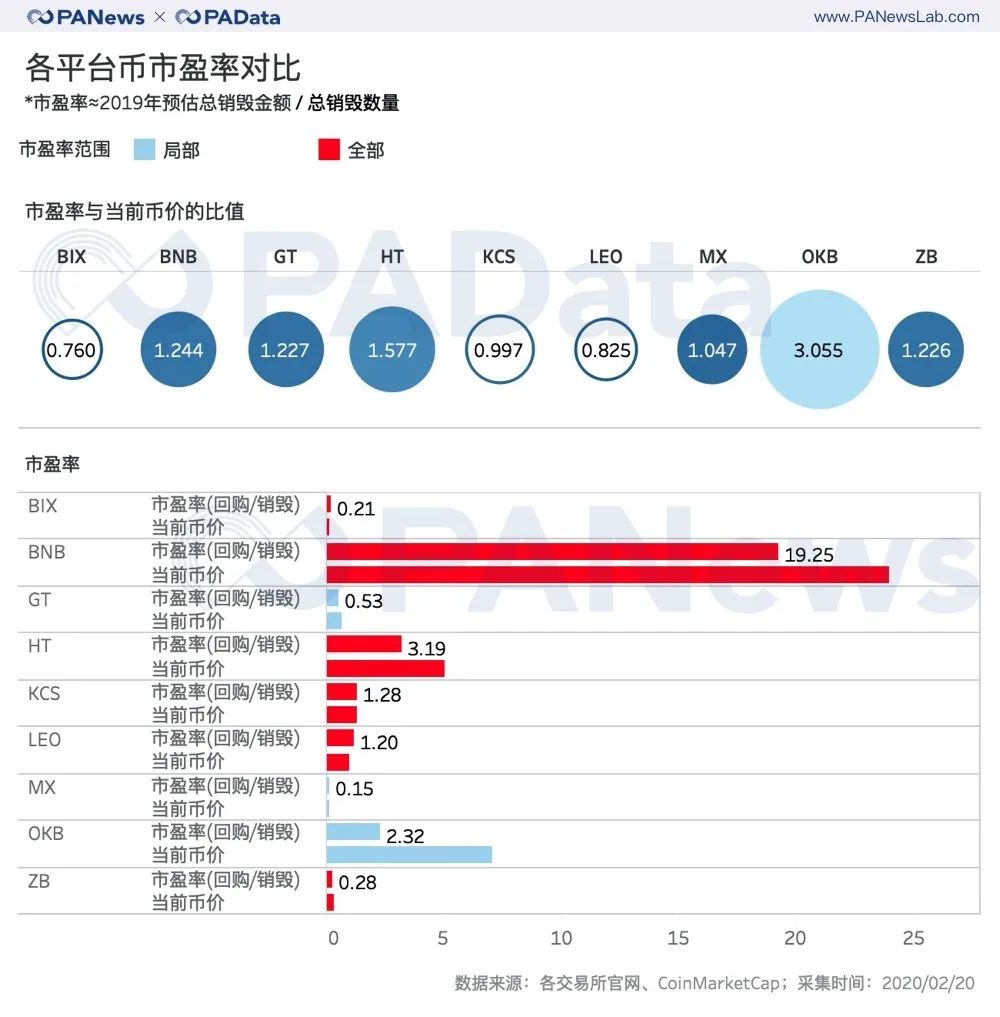
If you follow another valuation method in the market, the valuation of each platform currency will be very different. Based on the total market value of the platform currency / repurchase destruction amount calculated on the market, it can be found that the market rate of LEO, BNB, OKB, GT and BIX are all higher than 10, of which LEO and BNB are more than 45 and 31. A possible reason for the two very different valuation results is that the calculation of the P / S ratio ignores the source of the annual repurchase amount, that is, the extent to which it can be considered as income or profit.

However, no matter which valuation method is used, the current market valuation of most platform currencies is relatively high, which shows that the market is relatively confident in the operating capacity of the exchange. However, it must be emphasized that valuation is the result of market transactions, not the reason for the transaction, because investors can only see the change in valuation when the currency price has finished rising or falling.
In the long run, the valuation of platform currency depends on the development capacity of the exchange business. Only after the business develops, can platform currency have more application scenarios and then have more use value.
According to incomplete statistics on public information, the main uses of platform currency at present are transactions and equity certificates. These two scenarios are closely related to the transaction business and derivative business of the exchange itself.
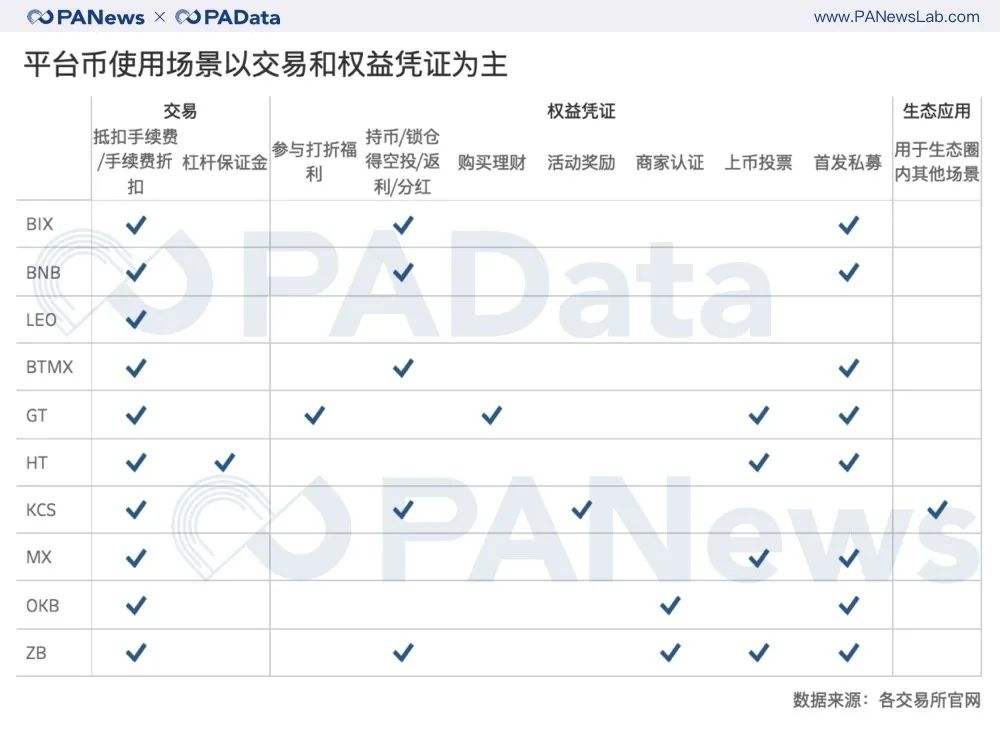
All 10 platform coins within the statistical scope can be used to deduct handling fees / deductions of fees, 8 can be used as vouchers to participate in the initial private placement, and 5 can be used as vouchers to receive airdrops / rebates / dividends. It is worth noting that Kucoin's platform coin KCS can be applied to other applications in its ecosystem. As the exchange enters the public chain market, platform coins such as BNB, HT, OKB, and GT that have public chain support are expected to have imagination in ecological applications in the future.
We will continue to update Blocking; if you have any questions or suggestions, please contact us!
Was this article helpful?
93 out of 132 found this helpful
Related articles
- The Central Bank officially released the "Technical Security Specification for Financial Distributed Ledgers", which is applicable to institutions engaged in the construction or service operation of distributed ledger systems in the financial field (with full text)
- Behind the quiet change in attitude towards the issuance of the CBDC, the United States values these more!
- Analysis | The central bank is accelerating the development of legal digital currencies in 2020
- Is it a breakthrough high or one for 100,000 knives? Let's take a look at the halving of the currency price predicted by foreign big Vs
- May lose $ 3.1 billion in revenue in one year, Kraken's latest report thinks halving could hurt mining
- Central bank digital currency (CBDC) international activity warms up, the central bank of Ukraine takes the lead
- Article of the Central Bank Institute of Digital Research clarifies the "right and wrong" of the blockchain: remove fakes and save the truth, you cannot do image engineering for the blockchain



